
Guest Post by Patrick Ow (first posted on CERM ® RISK INSIGHTS – reposted here with permission)
As COVID-19 has disrupted life all over the globe, organisations are forced to significantly change and adapt to the ever-changing customer attitudes and preferences resulting from the pandemic.
The competitive playing field and business environment have been reset. It is now back to square one for many businesses. Businesses have to operate like a start-up, big and small. And they have to start at the same time when governments relax their social isolation requirements. [Read more…]

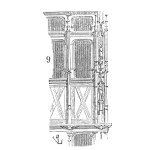
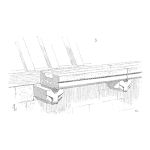
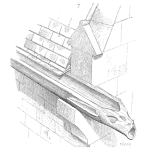
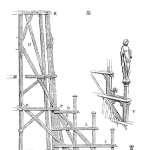

 Performing a PM Optimization is not always as simple as it sounds. Often a Maintenance Planner will assemble a team of technicians to ask what is value-added and what is missing from a PM Routine. While these may be good questions to ask before diving into an analysis, or after an analysis, it does not base the answers on
Performing a PM Optimization is not always as simple as it sounds. Often a Maintenance Planner will assemble a team of technicians to ask what is value-added and what is missing from a PM Routine. While these may be good questions to ask before diving into an analysis, or after an analysis, it does not base the answers on 

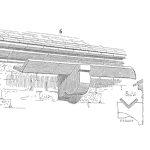
 In the petroleum, natural gas and petrochemical industries, great attention is being paid to safety, reliability, and maintainability of equipment. This is true in any industry and as such the learnings and information found within
In the petroleum, natural gas and petrochemical industries, great attention is being paid to safety, reliability, and maintainability of equipment. This is true in any industry and as such the learnings and information found within 